Can we harness the power of the oceans?
Futurum
OCTOBER 13, 2022
Can we harness the power of the oceans? Published: Professor Jennifer Franck leads a team of mechanical engineers at the University of Wisconsin-Madison in the US, who are working on a device that could turn the immense power of ocean tides into a sustainable electricity supply.


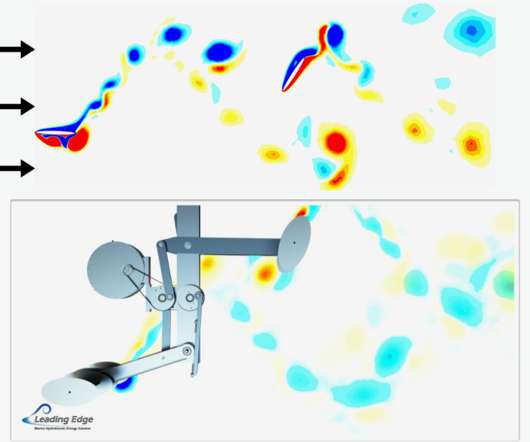
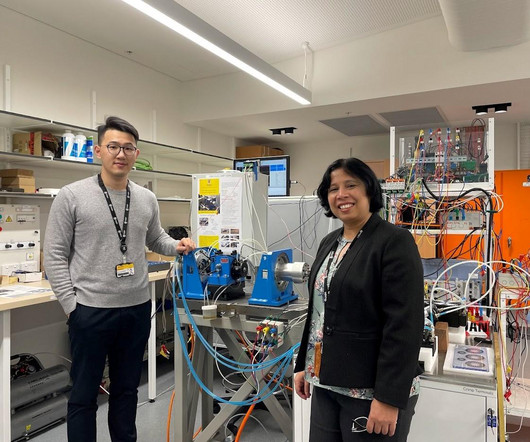
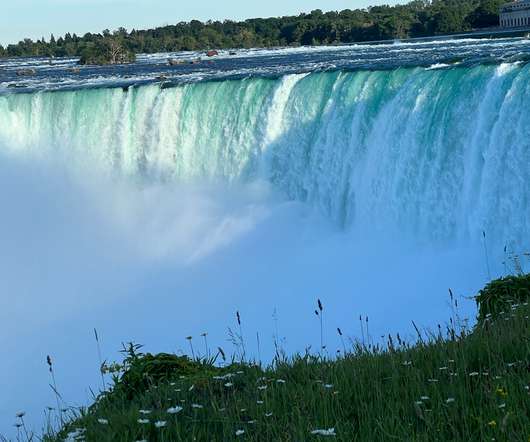
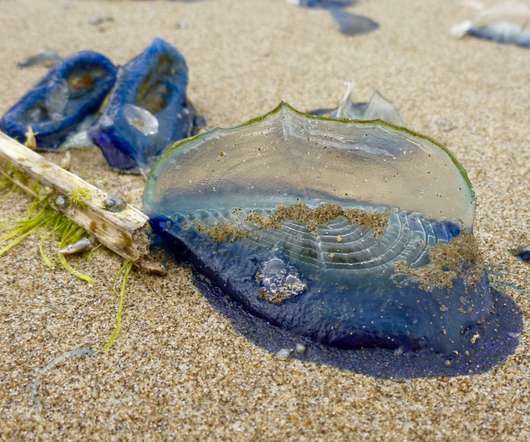
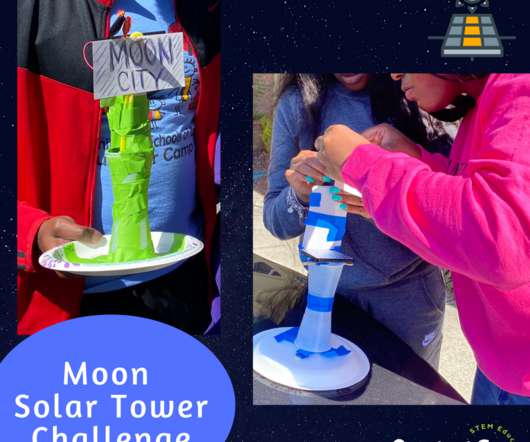
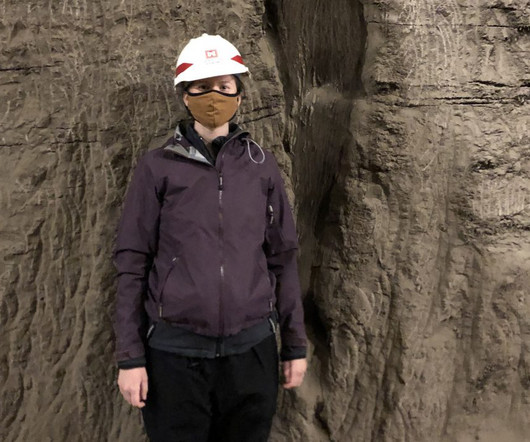
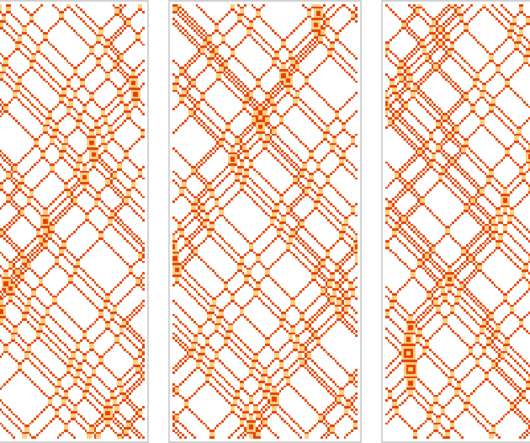






Let's personalize your content